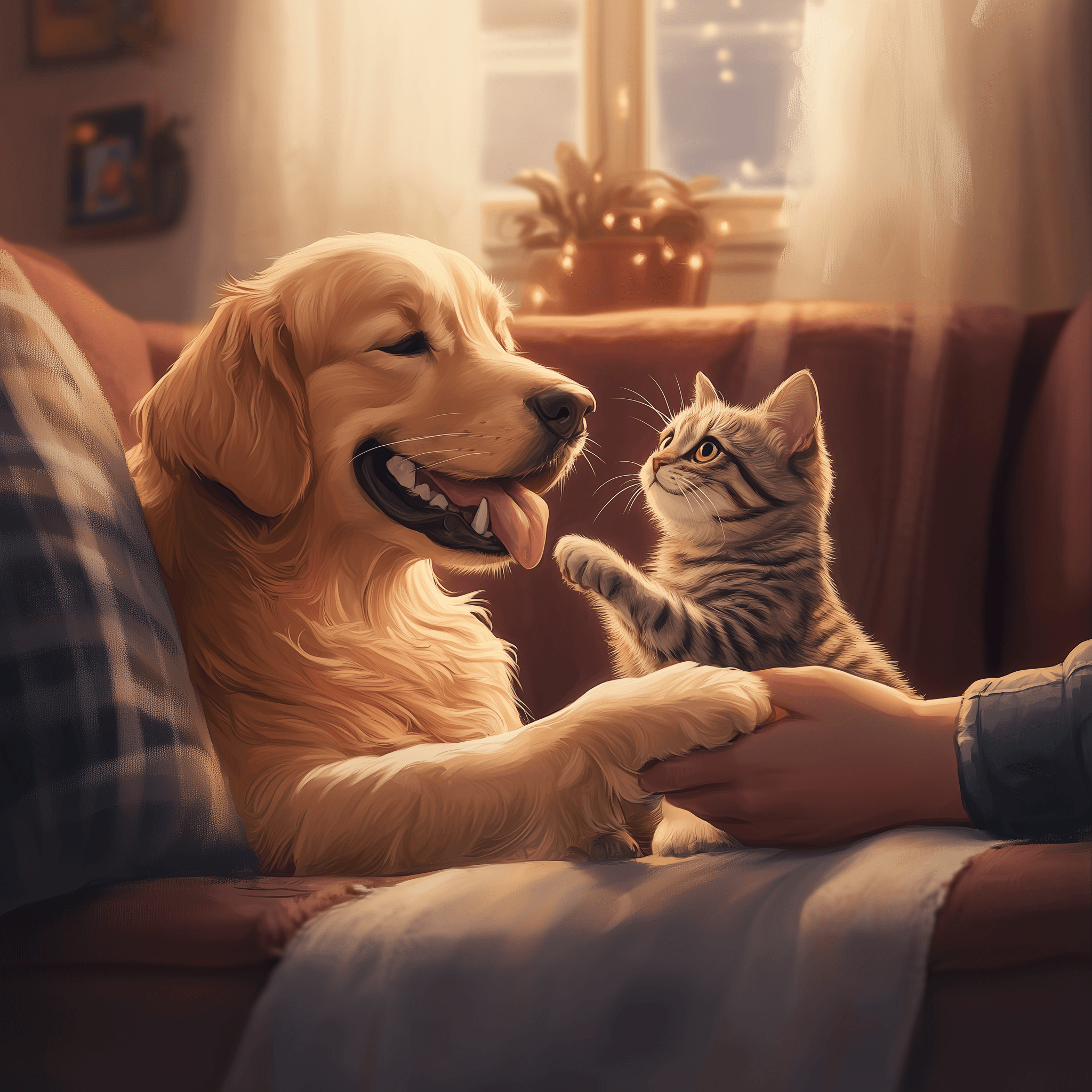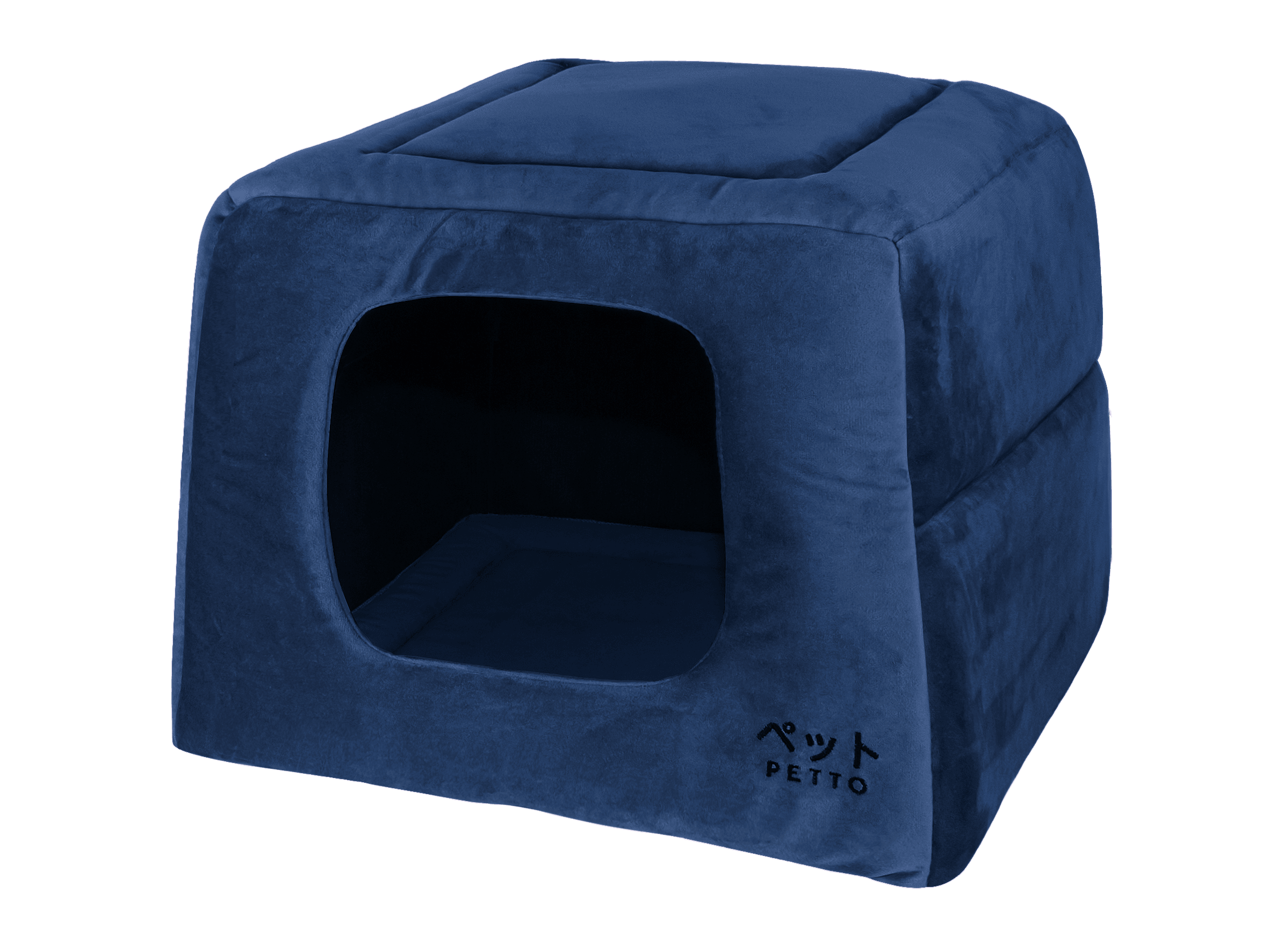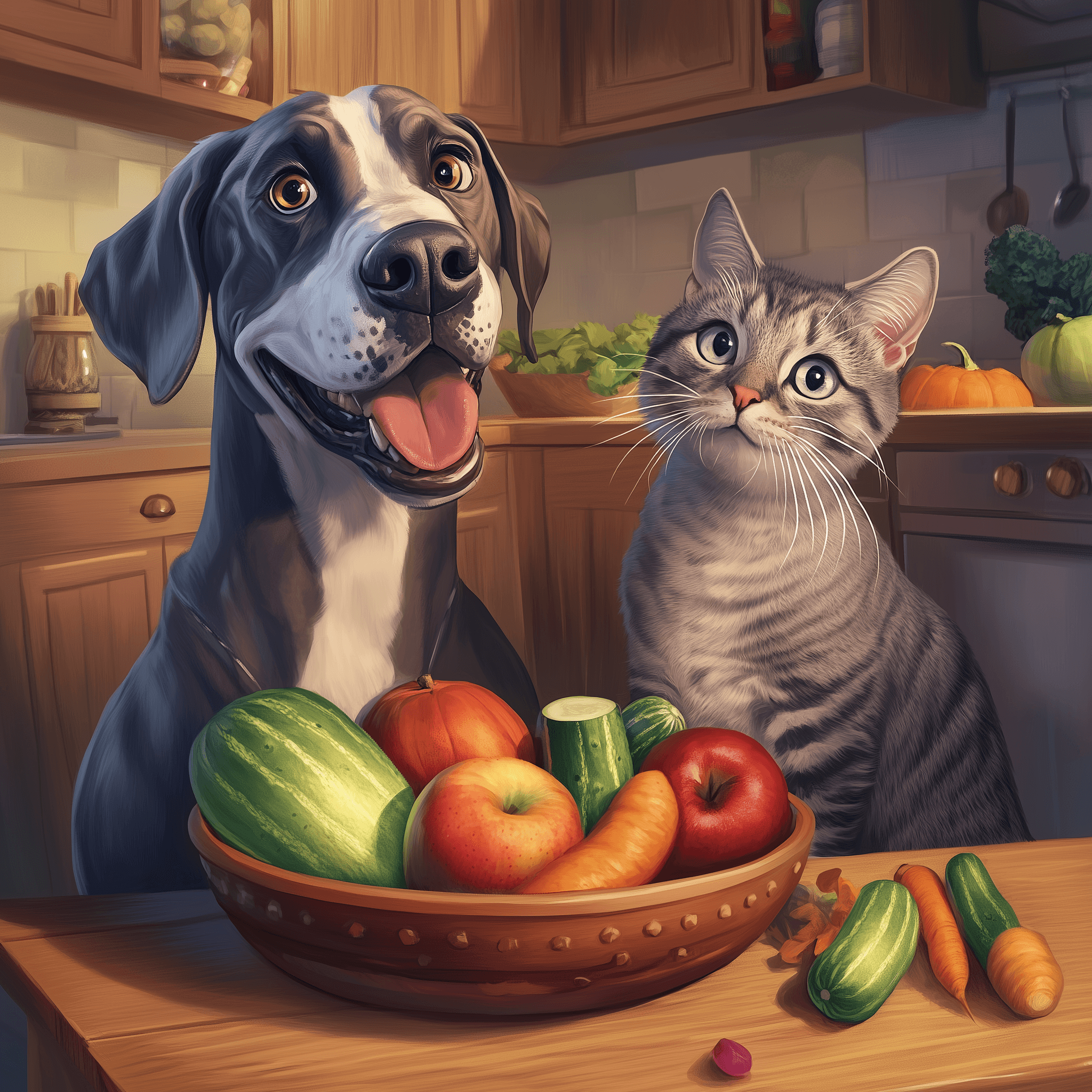
Do Animals Feel Emotions? How to Recognize the Mood of a Dog or Cat?
Does your dog wag its tail when you come home? Or does your cat rub against your legs when it's happy? Many people wonder whether animals really feel emotions or just react instinctively. Scientists confirm that dogs and cats experience joy, sadness, fear, and even jealousy. In this article, you will learn how to recognize your pet's mood and how to take care of their emotional needs.
Do Animals Have Feelings? What Does Science Say?
Studies show that dogs and cats have a highly developed limbic system, the same part of the brain that controls emotions in humans. Although their way of expressing feelings is different from ours, their reactions are a clear signal of what is going on inside them.
The most common emotions in dogs and cats
✔️ Joy – tail wagging (dog), purring (cat), energetic movements, willingness to play
✔️ Sadness – apathy, lack of interest in the surroundings, hiding
✔️ Fear – crouching, running away, trembling, growling (dog), hissing (cat)
✔️ Anger – tense body, fur standing up, teeth bared, hissing, growling
✔️ Jealousy – competition for the owner's attention, attempts to attract attention
How to recognize a dog's mood? Body language and behavior
Dogs communicate their emotions mainly through body language and sounds. Here’s what to look for:
✅ Happy dog:
- Tail Wagging
- Relaxed posture
- Smiling face, open eyes
- The desire to have fun and interact
❌ Stressed dog:
- Tail tucked between your legs
- Ears placed backwards
- Eyes wide open, licking lips
- Avoiding contact
⚠️ Bad Dog:
- Bared teeth
- Tense muscles
- Growling, wrinkling of the nose
How to Recognize Your Cat's Mood? Signs You Should Know
Cats have a more subtle way of communicating, but their behavior can also say a lot about emotions.
✅ Happy cat:
- Purr
- Rubbing against the owner
- Raised U-shaped tail
- Blinking eyes calmly
❌ Stressed or sad cat:
- Hiding in the corner
- Avoiding contact
- No appetite
- I stop washing
⚠️ Angry or scared cat:
- Fluffing up the fur
- Tail slapping
- Hissing and dilated pupils
How to care for the emotional needs of dogs and cats?
To make your pet feel safe and happy, it is worth remembering a few rules:
✔️ Maintain a routine – pets feel comfortable when their day is predictable.
✔️ Spend time with them – playing, petting and talking strengthen the bond.
✔️ Provide physical activity – walks, games and interactive toys help reduce stress.
✔️ Create a safe space – every animal needs a place to rest.
✔️ Avoid punishing for emotions – if your pet is stressed, do not punish him, but try to understand his needs.
Summary
Dogs and cats have emotions and can express them in many ways. As a responsible owner, it is worth learning to recognize the signals your pet is sending to better care for its well-being.
Has your pet ever surprised you with their behavior? Share your story in the comments!




 https://petto.com.pl
https://petto.com.pl